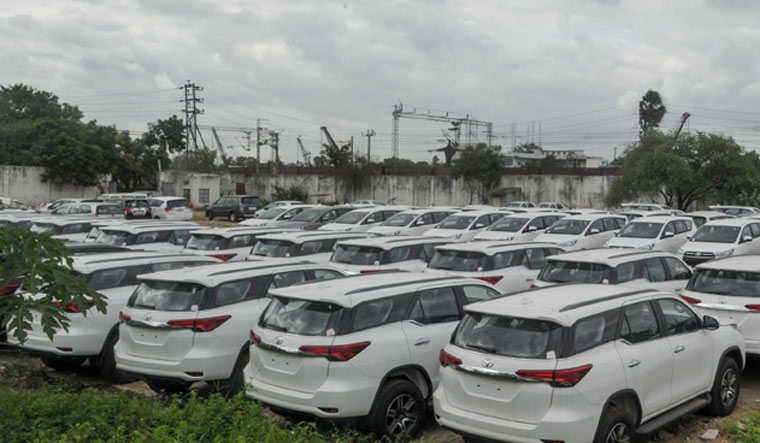In the history of India’s automobile industry, eleven straight months of decline in sales may be unprecedented, but there could be a glimmer of hope in what the numbers are not saying. Government measures, including an upcoming scrappage policy, promises a lot, but there is something more heartening—a spurt in sales seen ever since the festive season began.
“We're seeing some green shoots,” remarked Vishnu Mathur, president of the industry body Society of Indian Automobile Manufacturers (SIAM). “We don't [exactly] know what it [signifies], but we are looking forward to it.”
While September sales figures, as well as the data for the half year (financial year 2019-20) shows persistent de-growth in almost all category of vehicles, what has perked the sentiments has been a sudden pick-up in retail sales of vehicles since Navaratras this fortnight, the official beginning of the peak festive season in most of India (though traditionally culminating in Diwali, it permeates all the way till New Year for all practical purposes). Sales of cars and bikes, which industry insiders call 'sentimental buying', has picked up, and now the hope is that it will extend on into special occasions like Dhanteras (a traditional day for shopping which comes two days before Diwali) as well as the festival of lights itself.
“Most of us (auto companies) are seeing good growth,” said a senior SIAM official. “We need a kick-starter, and I think this festive season will be (that) kickstart,” says Mathur.
A series of factors in the run-up to Navaratras sure helped. Government announced a series of stimulus measures, including pumping cash reserves into banks and flagging government ministries and departments against desisting from buying new vehicles. Clarifications that there were to be no ban on conventional vehicles running on petroleum in favour of electric vehicles, one of them coming from none other than prime minister Modi, and no deadline whatsoever, also helped.
Additionally, while the auto industry is bracing for a second walloping once BS-VI is implemented from April of next year, a government clarification that older BS-IV vehicles can ply through their registered lifecycles also helped. Then, there was the monsoon bounty, which experts hope will spur rural demand for vehicles, especially two-wheelers, that had fallen to a trickle since demonetisation and the subsequent slowdown.
In fact, there is also a plan in place to take advantage of impending BS-VI implementation which will hike up costs—SIAM and its members plan to launch an information drive asking prospective customers to buy the present BS-IV vehicles, as prices will definitely go up in a few months once BS-VI vehicles start coming in.
Of course, the champagne bottles have not been brought out yet, since automakers want to see if the buoyancy will extend beyond Diwali, or remains a limited 'festive season phenomena'. “We are waiting for October to get over [before making] any forecast for next year,” confesses Mathur. This is also due to the fact that companies desperate to clear their piled-up inventory has been giving lot of discounts in the last couple of weeks, and the worry is whether the pick-up in sales is only due to that and the festive season shopping mood.



